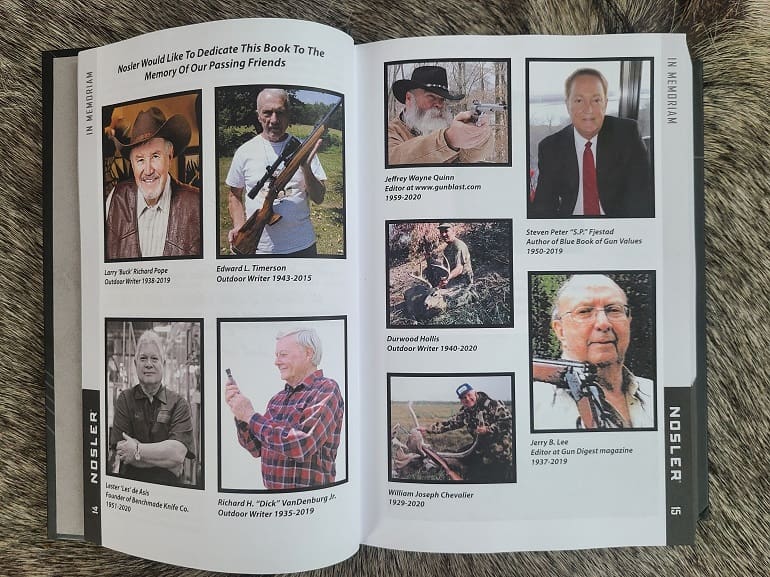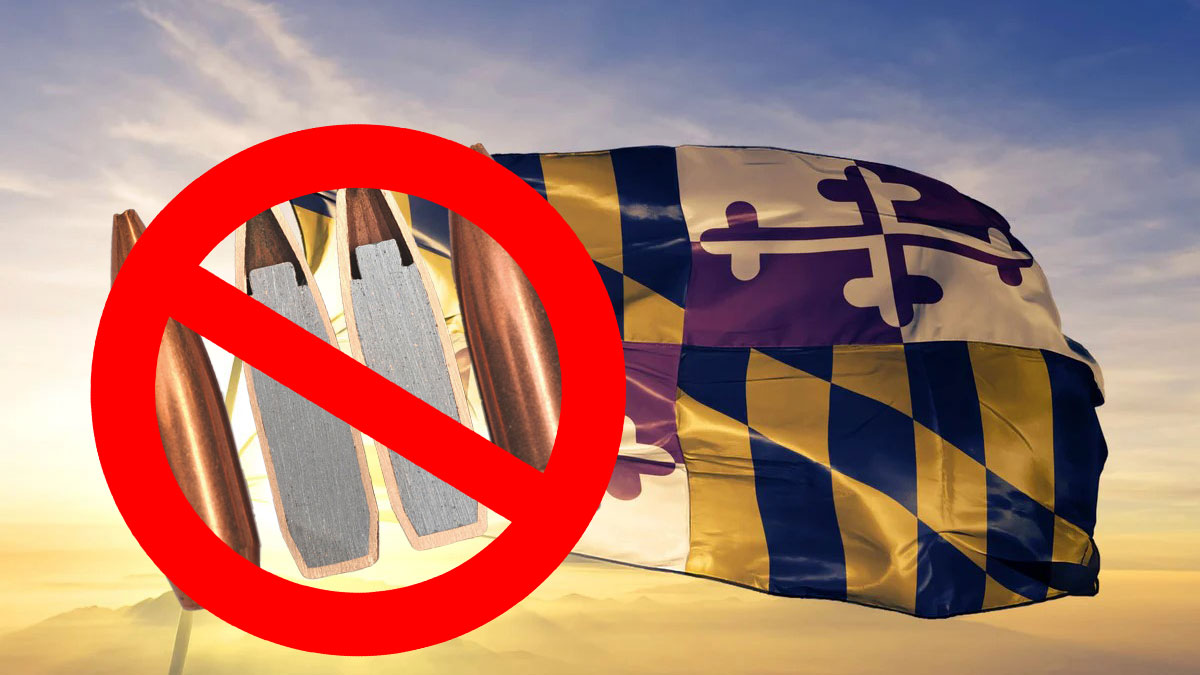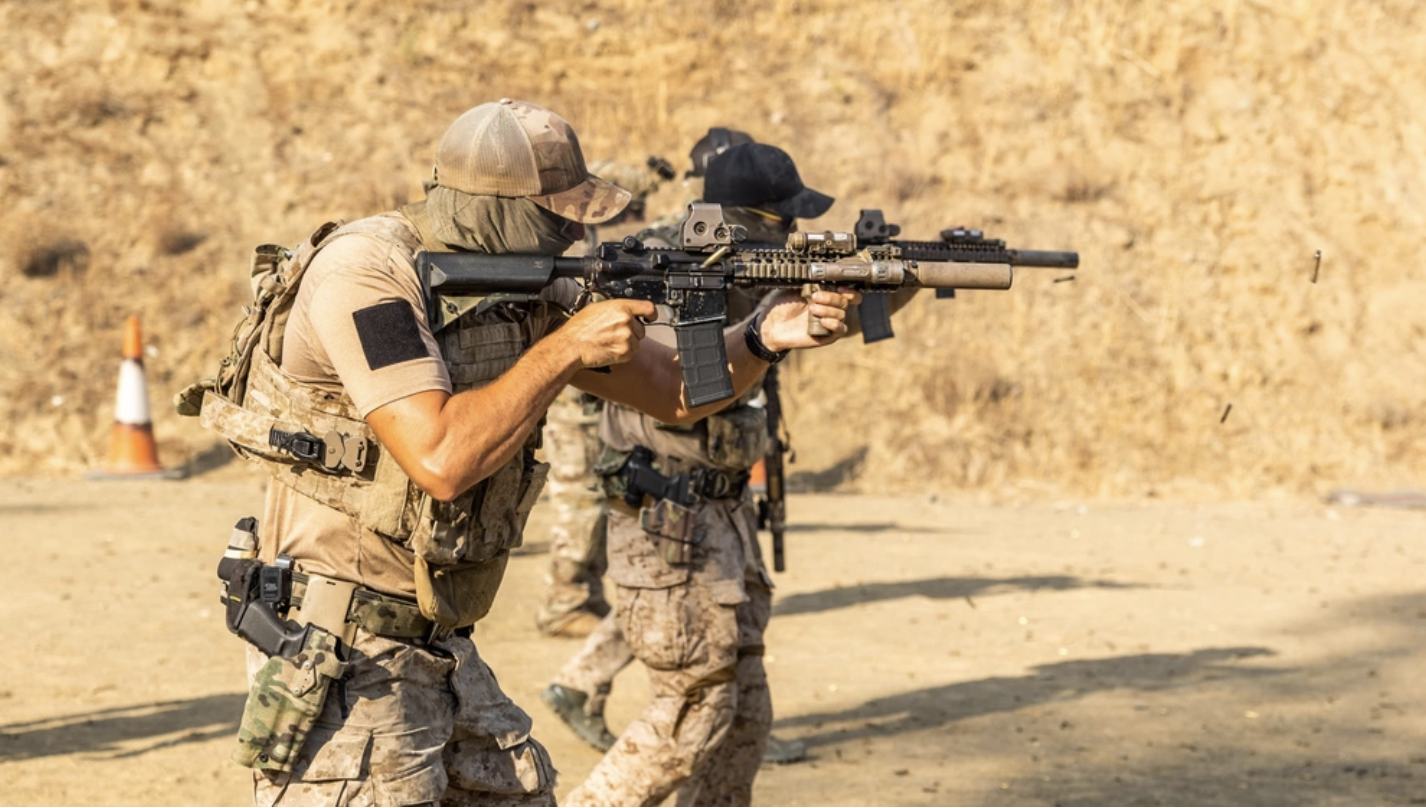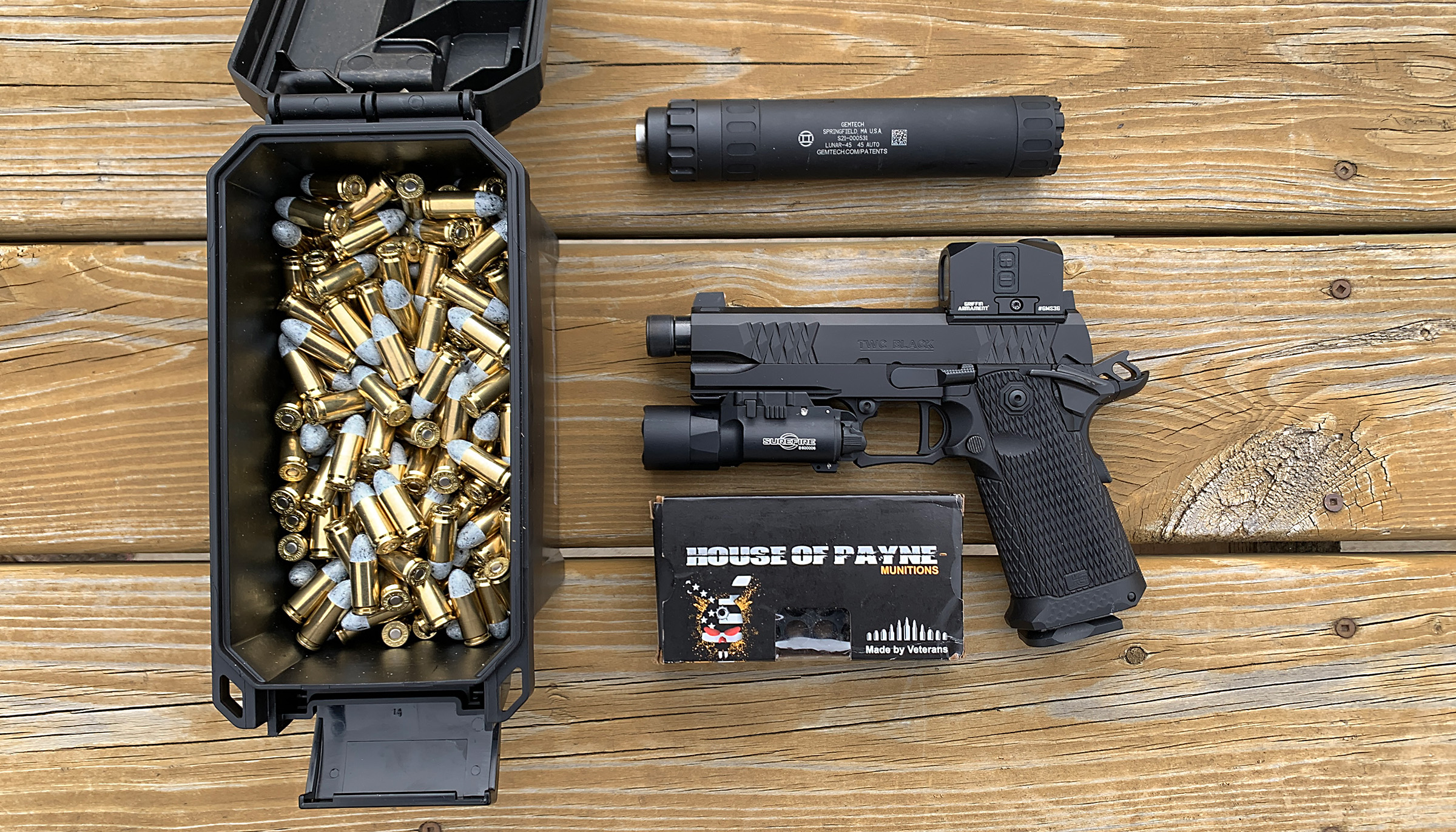If I ever wanted to see my name in print, it would be as one of the cartridge introduction authors for the Nosler Reloading Guide.
As Robert Browning would write, “A man’s reach should exceed his grasp.”
I’ve been reading the Nosler guide since the early 1980s. Being a total nerd, I purchase pretty much all the manuals every time any of them are released. I buy two of the Nosler guides. I keep one for light reading in the living room and the other for reference in the reloading shop. That’s a solid clue of how much I enjoy the manuals and just how lazy I can be.
When I say I read the Nosler Reloading Guide, I mean cover to cover. I don’t just refer to it. I recommend everyone, even the most experienced reloaders, do the same.
Like many other manuals, his one includes a step-by-step guide to reloading. You’ll read about the equipment you have to have, and what equipment you can most likely skip. Everyone should read this section to learn, or remind themselves, of the right way to do things.
The Nosler manual also includes cutaways of every bullet Nosler makes, as well as brass. The Nosler line pretty much encompasses every modern hunting bullet type, and these photos, as well as the accompanying descriptions, are helpful to understand the construction and purpose for each projectile.

There are also lots of charts. Things like relative burn rate, recommended twist rate, comparative primer reference, and energy loss tables are all included.
This 9th edition includes a brief memorial to many of the giants of the industry that we’ve lost over the last couple of years, and reminds me of this year’s passing of Jeff Quinn, the editor of Gun Blast. The longer I write about guns, the fewer gun writers I trust. Mr. Quinn was the very antithesis of this. I’ll miss reading everything he wrote…I learned something each time.

The meat of the manual is the rifle and handgun cartridge reloading data. Here’s where you’ll find the recipes for 101 different chamberings. No matter if you reload one cartridge, dozens, or none at all, every avid shooter and hunter should own a reloading manual just for this information. If you want to have any knowledge or discussion of any particular caliber, its capabilities, dimensions, and origins, this is vital data.
For the 9th edition, the Nosler Reloading Guide includes nine new cartridges, to include the five Nosler-specific chamberings, (20, 22, 24, 27, and 33 Nosler) as well as 6mm Creedmoor, 6mm XC, 6.5 PRC, and (finally!) the 7.62x39mm.
Every company’s reloading manual is a little different, and each has their strengths. Nosler’s manuals have great data and are solidly focused on the hunting applications their bullets are known for around the world. But that’s not why it’s my favorite.

Each cartridge has an introduction by someone different. This isn’t the technical description, which follows the prose introduction. These are brief backgrounds about the cartridges from the point of view of each author.
On page 600, the great Craig Boddington discusses the 8mm Remington Magnum. Iain Harrison, Editor in Chief of RECOIL magazine, pens the introduction of the 7.62X39mm on page 589. Back on page 367, writer Ron Spomer rightly points out that the short action 7mm08 is capable of launching a 175gr bullet “faster than anything Karamojo Bell got out of his 275 Rigby (7X57 Mauser).” Patrick Sweeney, one of the greatest shooters and authors I’ve ever had the honor of pulling the trigger with, pens the realities of the .458 SOCOM on page 705.
If you are just interested in the basic data, take a look online at the Nosler web site. But you won’t find any of the stories and information from the writers there. It also won’t work without internet access, and the screen gets messy when you take notes on it. At less than $30, there’s no reason not to get the hardcover guide. Or two.
And maybe, just maybe, one day we’ll see my byline in it. I won’t hold my breath for it, but a man can dream.









I am thoroughly enjoying my copy and I’m glad that I bought it. Nice write-up sir.
Thanks
It is good to be comprehensive. One of the things I would like in a reloading manuals is the survivalist mindset. We don’t see any load-outs for cast, brass swagged, or powder coated bullets.
These bullets have lower obturation limits and have less drag in the barrel so they depart earlier and smoother. That means that desired powder burn characteristics are different.
Old powders like Alliant Red Dot are more versatile not just for today’s shotgun loads.
To find things like this you have to go back to Lyman’s version 46. Point, we need expedient load information as much as marketing specialized latest and greatest.
Go pick up the 4th edition Lyman Cast Bullet Handbook. Likely to have what you are looking for.
There are a bunch of manuals because each company publishes their specialty. Speer, Nosler, Hornady, etc. have loads for their bullets. Powder manufacturers have manuals for their powders. Reloaders cover various sorts, but they can’t cover everything. If you have a powder or bullet you favor, get that manual.
Thanks for the Suggestion. No reloading experience was collecting stuff to get started in January 2020. I bought a little here, and a little there. Then it was all gone.
Glad to see I’m not the only nerd out there. I love reading my Lyman manuals.
Has anyone read several different brands of manuals for qualitative comparative purposes? I wonder which brands include the most engaging content?
Haha. I’m also one of those that buys two. One for the house and one for the shop.
I’ve got sticky notes sticking out everywhere.
Just got asked this weekend by a friend to get started loading. First thing he’s getting is a couple of books. (He ran across one of those garage sale deals of everything in a crate for a ridiculously cheap price.)
Sticky notes!! Aw, man…my Hornady and Lee manuals look like a mad scientist/treasure hunter got a hold of them. The irony is that I get lost in all the damn sticky notes now. Ha! Fortunately the Nosler, and Speer manuals are clean….for now.
I always buy the new editions for Nosler and Hornady. I also have past books from Lyman and Speer. When I started reloading I read them cover to cover, as well as “The ABCs of Reloading,” and one other I can’t remember. Highly recommend the ABCs, Hornady, and Nosler books. I am of the mind that if you use a particular bullet, you need a manual from the company that makes it.
Excellent review! As always – thanks for the well thought out content!
BROTHER N LAW EATS THIS TYPE INFO WILL TELL HIM .
“If I ever wanted to see my name in print, it would be as one of the cartridge introduction authors for the Nosler Reloading Guide.”
Well, maybe you need to develop a new wildcat that covers a specific genre and catches on- there always seems to be room for more. Or perhaps even a specific contour of projectile. There was, of course, a different “Taylor” who had wide influence on the hunting/shooting world (Pondoro) and while he never actually came up with a cartridge of his own, he certainly advocated several of the big Brit NE calibers as well as .375 H&H.
Aside from this, it’s great review, and I’m off to get my own updated copy. BTW- I’m a vocal advocate of having actual, hard copy manuals at my disposal rather than online and other sources. I also keep the old manuals. Actual “books” seem to have lost their luster in modern culture, which to me is a pity. I’ll still have my library of firearms-related, historical and traditional values volumes as the anti-US counterculture continues to slander, mock, and now actually shut down access to such materials on the net. How does one expect to pass these values on at that point. (Of course, you still have to make sure your offspring are able to read…)
a book review is a very useful thing, allowing readers to save more time and make the most accurate choice in accordance with their desires, but writing such posts is not an easy process, and thanks to essayreviewexpert.com you can do everything more quality and efficiently, go and study PapersOwl review , this writing service is in high demand and has high ratings, try it, you won’t regret it.